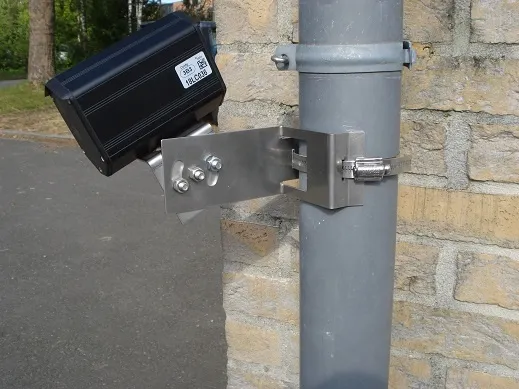In an effort to reduce the number of accidents caused by slippery road conditions, Swedish companies Nira Dynamics and Infocar Training have equipped a fleet of 80 vehicles with software for detecting road surface conditions in real-time.
Road surface information (RSI), developed by Nira, continuously monitors the quality and tyre grip level of the road surface, without stereo cameras, adaptive suspension or other expensive sensors. Using sensor fusion based algorithms, RSI determines the level of road r
March 16, 2016
Read time: 2 mins
In an effort to reduce the number of accidents caused by slippery road conditions, Swedish companies Nira Dynamics and Infocar Training have equipped a fleet of 80 vehicles with software for detecting road surface conditions in real-time.
Road surface information (RSI), developed by Nira, continuously monitors the quality and tyre grip level of the road surface, without stereo cameras, adaptive suspension or other expensive sensors. Using sensor fusion based algorithms, RSI determines the level of road roughness and friction.
By integrating Infocar’s friction software, which plugs into the standard interface on passenger cars available since 2001, Nira is able to collect and distribute real time road condition information and transmit it to a back-end cloud server.
By connecting RSI to a cloud service, road data can be distributed to other vehicles, enabling drivers to adapt their driving style or change routes as they receive information about upcoming hazards or dangerous situations.
Road surface information (RSI), developed by Nira, continuously monitors the quality and tyre grip level of the road surface, without stereo cameras, adaptive suspension or other expensive sensors. Using sensor fusion based algorithms, RSI determines the level of road roughness and friction.
By integrating Infocar’s friction software, which plugs into the standard interface on passenger cars available since 2001, Nira is able to collect and distribute real time road condition information and transmit it to a back-end cloud server.
By connecting RSI to a cloud service, road data can be distributed to other vehicles, enabling drivers to adapt their driving style or change routes as they receive information about upcoming hazards or dangerous situations.









